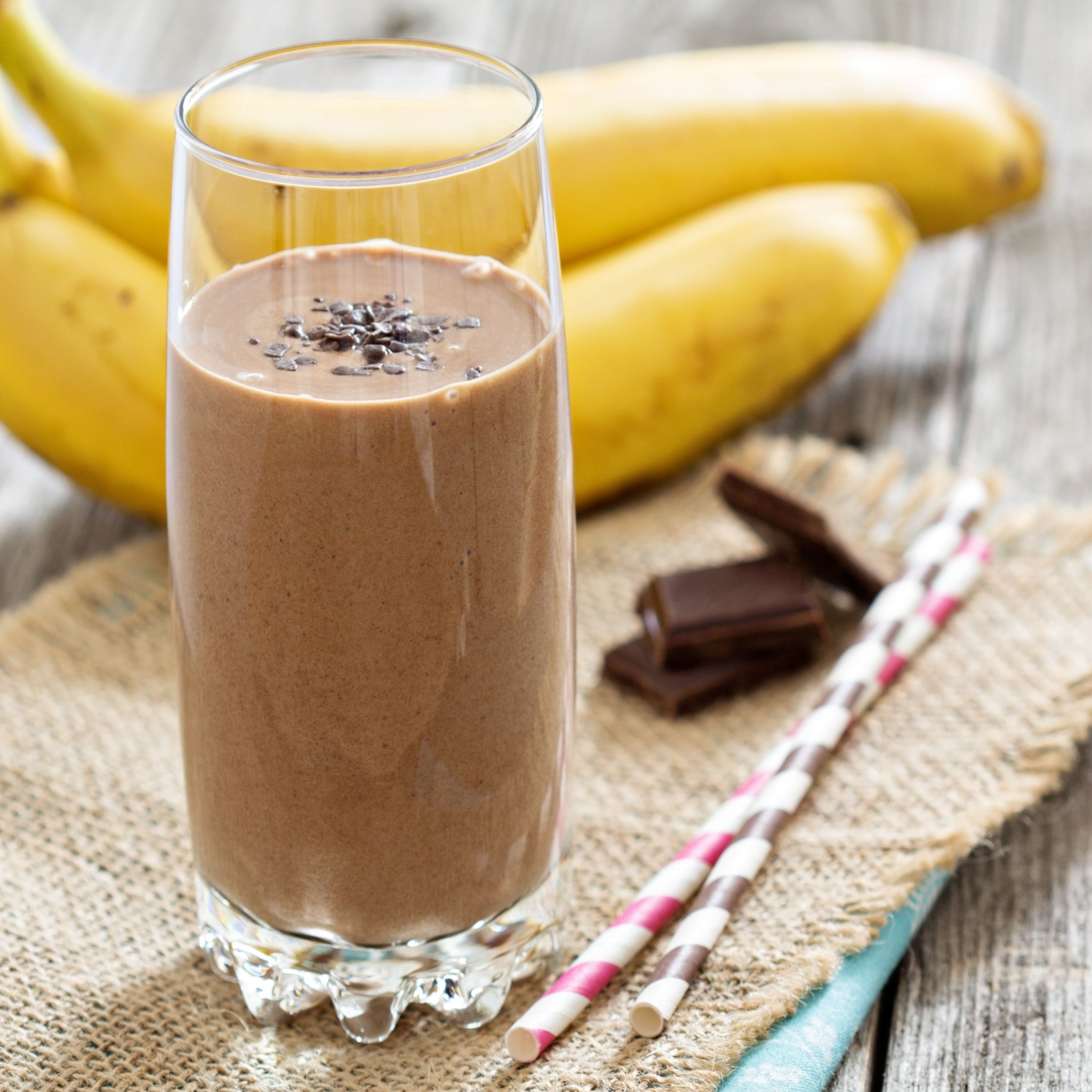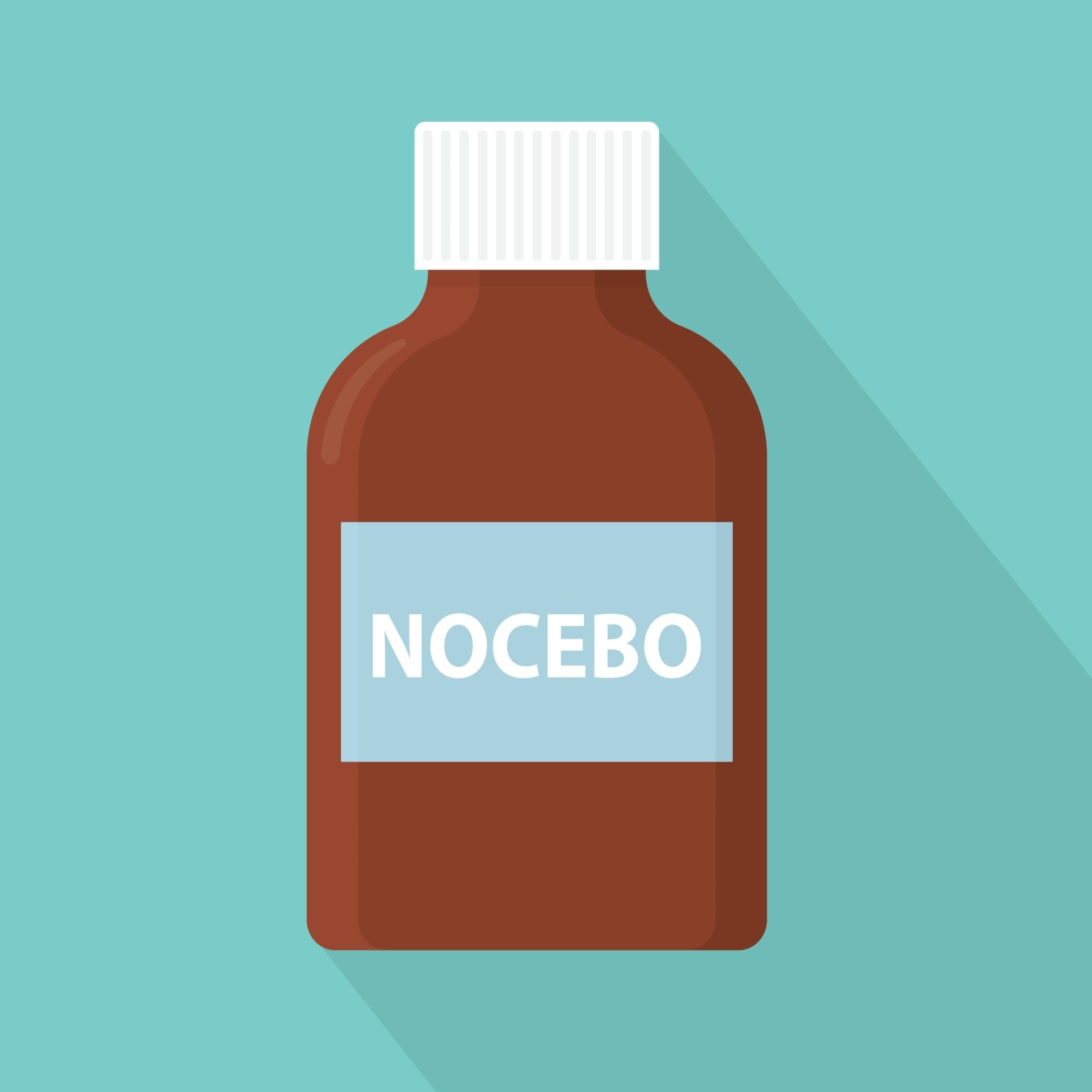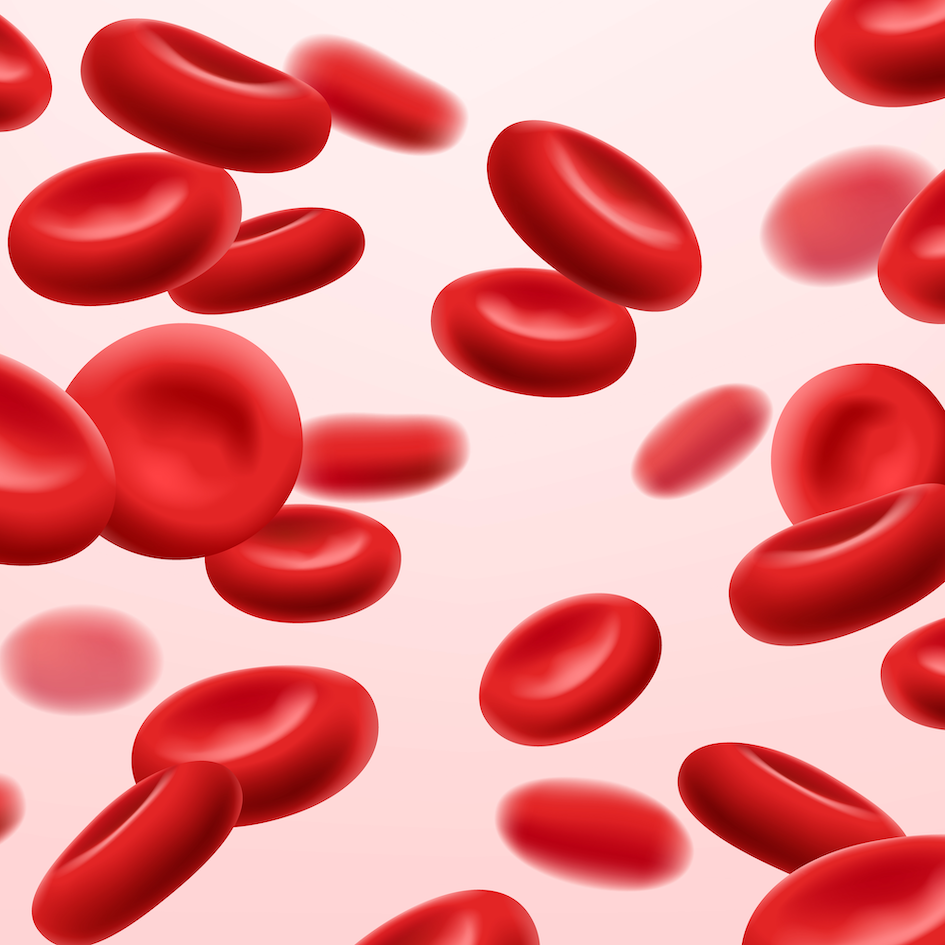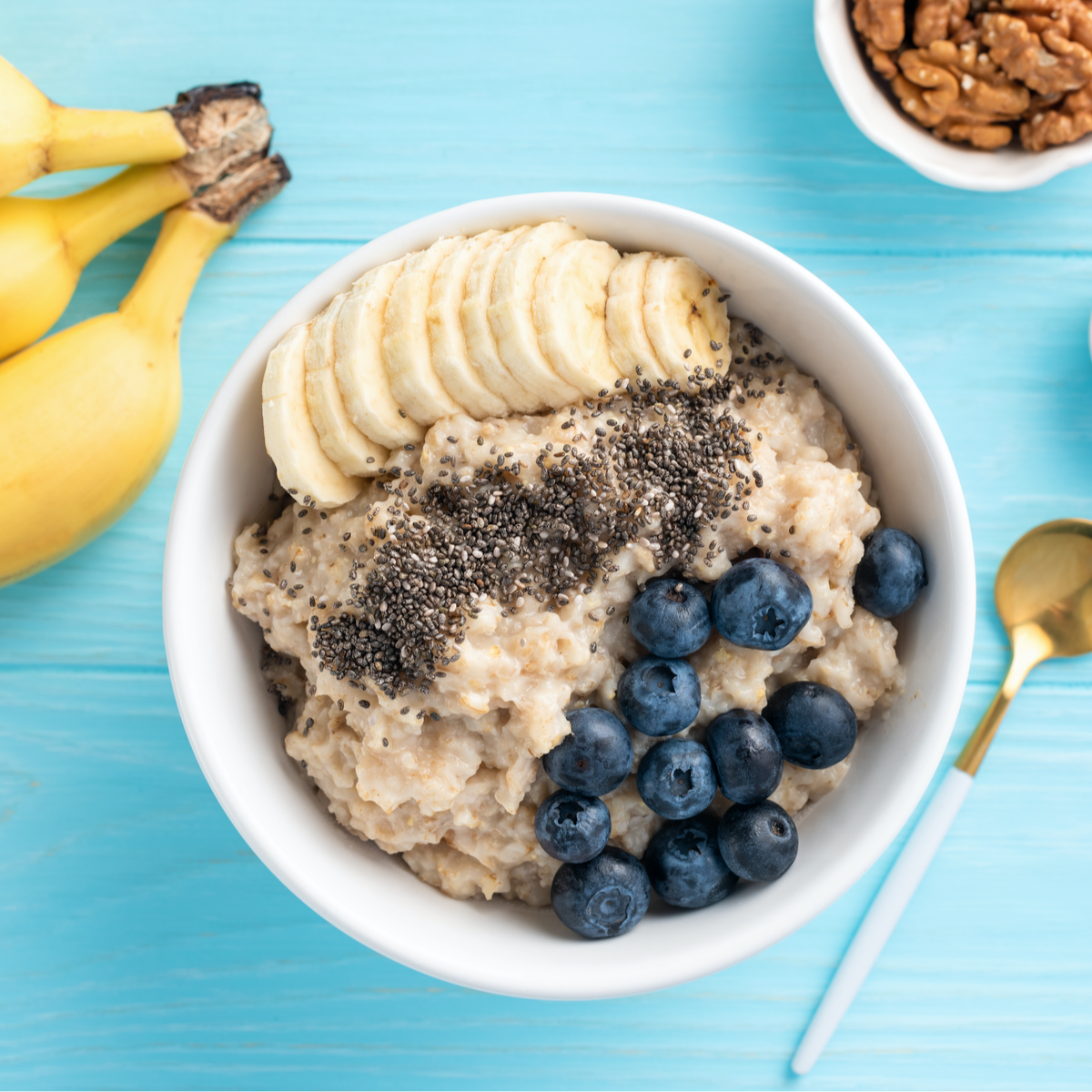
When my nine-year old boy heard that his school would re-open in June, he was over the moon. I wasn’t so thrilled.
This surprising news meant that my husband and I had a difficult to decision to make. Is it worth the risk of COVID-19 exposure to let our son re-connect live with his beloved teacher and goof around with his peers?
In conversations with my fellow local moms, it seems that many feel that no amount of risk is worth taking. Thus, their answer often comes down to two small words: “Heck no!”
This was not my answer. For better or for worse, my decision-making is usually an agonizing process involving detailed lists of pros and cons. Whether it’s which grad school to attend, whether to marry my (almost) perfectly suited mate, or which coffee table to buy, my decisions are a journey.
The back-to-school decision journey has been on par with the best (worst?) of them. It’s involved a lot of fascinating digging into the science of COVID19, including local epidemiology, viral transmission, and health risks, especially in kids (such as the mysterious Kawasaki-like syndrome). My deep training as a scientist (PhD in genetics) positions me well to interpret the research, and appreciate what we know and what we don’t. It’s also been an exercise in balancing different priorities, including emotional and physical needs.
This article shares the key considerations, and data, that shaped my family’s back-to-school decision, along with tips for walking yourself through this process.
Before we dive in, I want to say how fortunate I feel to have a choice. For many families, there is no choice, as both parents must leave the home for work. Some form of out-of-home childcare, and the risk it carries of additional COVID19 exposure, are unavoidable. We are so grateful to the many essential workers who have braved potential COVID19 exposure for months, often in much riskier contexts than those of us debating back-to-school are facing.
Benefits
If stay-at-home pandemic life was hunky-dory for my son, and the entire household, the decision would be easy. Why take a risk, no matter how small, if there is no upside? I’d be on team “heck no”.
For our family, this is not the case. My third grader is a gregarious, energetic kid who misses his school, peers, and teacher, terribly. Having him at home, attempting to learn online, has been stressful not just for him, but for the whole household — me, my husband, and his twin four year old sisters.
Despite having a wonderful, dedicated teacher, our online school experience has been lacklustre at best. Their interaction has been limited to a pre-recorded morning message and two 30 minute video calls a week, one with the whole class and one with a group of four. The workload has been minimal, but still feels challenging to pull off.
Online schooling has also taken toll on my relationship with my son. He isn’t mature enough yet to work independently, so I need to supervise him closely if I want any assignments to be completed. Unlike his detail-obsessed mom, my son tends to rush his work, without regard for quality. He often gets frustrated with my frustration and thinks I’m being unfair, overly critical, or some other unpleasant accusation.
It doesn’t help that our setup seems to foster a feeling that you’re the only one working. Through my son’s eyes, he’s always slaving away others are playing — be it his younger sisters, or the neighbour that he spotted through the window, taking a PE break.
Last but not least, there’s my mental state. I constantly feel like I’m not adequately meeting anyone’s needs, including my own! I feel resentful about not being able to think straight, let alone contribute through science communication as much as I’d like to.
It remains to be seen how much happier my son, and the rest of the household will be if my son gets to go back to school a few days a week. The answer depends on what the “new normal” looks like, to what extent his classroom teacher will be the one teaching live, and the choices that his friends’ families make.
Given the potentially significant emotional and mental health benefits, I’m willing to at least consider the risks.
Risks
The key questions to ask in evaluating the potential risks of back-to-school are:
- How likely is it that my child will get infected with the SARS-Cov-2 coronavirus at school?
- What health risks does my child face if he / she gets COVID?
- What are the other potential consequences of sending my child back to school?
How likely is it that my child will pick up the new coronavirus at school?
In order for my child to become infected at school, two things must happen: (1) there must be an infectious person in the school, and (2) my child must be exposed to a large enough dose of viable virus due to that person.
How likely is it that somebody in the school is carrying the virus?
Answering this question requires a solid understanding of what’s happening in your back yard, both in terms of current COVID-19 case counts and public health capabilities. National, state, and provincial snapshots are far less meaningful.
Here in Vancouver, COVID-19 case counts are exceptionally low. As I write this, we have about 80 active (diagnosed) cases, which translates to a prevalence of about 1 in 17,000 people (BCCDC dashboard, May 28, 2020). For the last two weeks, we have been holding steady at around two new cases per day (May 28, 2020, BCCDC dashboard, Vancouver Coastal Health).
COVID case counts in context. Recent epidemiological models used a prevalence threshold of about 5–10 cases per 10,000 people (1 caser per 1,000 to 2,000 people) people to “turn off” social distancing recommendations, and a prevalence of 35-75 cases per 10,000 (1 case per 133–285 people) to turn them back on.
Our regional risk numbers look even lower when you consider that the many cases belong to localized outbreaks in long term care facilities, prisons or meat-packing plants. These same concerning COVID-19 hotspots are taking a grim toll around the world.
Yet, as any epidemiologist will tell you, the number of total, or new cases are imperfect metrics. It’s important to understand the caveats — an exercise that was reassuring in my case, but may have the opposite effect for others.
One major shortcoming of COVID case counts is that they are subject to incomplete diagnostic testing. Given the often asymptomatic nature of COVID-19, you will surely miss many cases if you only test those with raging symptoms.
Fortunately, we get a sense of the diagnostic coverage (how much are we likely missing) by looking at the “test positivity rate” — a figure that you many of us can get from our local public health dashboard. To get this number, simply divide the number of positive tests by the total number of tests. The lower the number, the better.
Testing data in context: The World Health Organization suggests that test positivity rates of 3–12% are acceptable, and that higher rates likely indicate significant underdiagnosis.
Here in Vancouver, this metric yields great news — today, 509 tests were done to find 2 new cases, for a percent positivity of less than 1% (May 27, 2020, BCCDC). This tells us that we are definitely not just testing people who show up in the hospital with serious illness — we are also doing a fair amount of surveillance-related testing.
Another legitimate concern about COVID case counts is that they are a “lagging indicator”. Today’s new cases tell us the state of affairs a week or two ago, before symptoms developed. It’s always possible that cases have been growing, and that we won’t don’t yet know it. Here, a worst-case-scenario mental exercise can be useful.
How bad might things actually be if we were following the trajectory of one of the worst outbreaks? Around the world, the worst metro outbreaks have seen cases double every three days (with one exception – New York City took the grim trophy at doubling every two days). If we assumed a three day doubling time, we would expect to climb from roughly 80 active cases (per 1.4 million people), to 160 cases in three days, to 320 cases in six days, and 640 cases in nine days (not factoring in any recoveries or deaths) — landing at roughly one case per 2,000 people. Such dramatic increases, while scary, and theoretically possible, strike me as very unlikely given our strong surveillance capacities, our public-health policies, and the modest profile of our early wave, which never exceeded 43 new cases per day (BC CDC data, Vancouver Coastal Health, March 2020).
For all infectious diseases, there is always a possibility of new cases entering our area through travelers who either didn’t follow quarantine protocols, or weren’t required to . I get some comfort from knowing that our neighbouring regions are also faring very well. As I see it, this is an outside chance that I need to live with, now and forever.
My takeaway: All pieces of the risk puzzle point in the same direction — odds are very low that somebody in my son’s school is carrying the coronavirus (and will likely never hit zero!).
When you consider the fact that the virus must not only be present in the school (unlikely) but must also be transmitted, things look even better.
How likely is an infection-spreading interaction at school?
While we are used to thinking of schools as petri dishes that play a major role in disease transmission, this does not seem to be the case for COVID-19.
In Europe, re-opening of schools in 22 countries has not led to any major spikes in disease transmission. A back-to-school “hiccup” was reported in France, when 70 new COVID cases were detected shortly schools re-opened, but when this finding is put in context, the parental fear-factor drops quickly. Finding 70 cases is unsurprising in a population of 1.4 million kids from 44,000 schools, in an area where COVID-19 is not fully quelled.
We don’t fully understand why this is the case, but it’s likely a combination of factors. Schools in my area, and around the world, are taking action to keep potentially infected people away from school (e.g. strict stay-home requirements if exposed or potentially ill) and to mitigate spread (such as increased hand-washing and sanitation, smaller groups, minimal close contact, and more).
Some data suggest that children are less likely to spread the disease than adults, but this conclusion remains controversial.
My takeaway: The odds of my son coming home infected shrink from very low to very, very low when you factor in risk mitigation strategies (and perhaps some favourable biology). Yes, we could get doubly unlucky, but this seems exceedingly unlikely.
What health risks does my child face if he / she gets COVID?
The global toll of COVID-19 on kids has been surprisingly low compared to other infectious diseases. Here in British Columbia, roughly 1% of COVID cases are in kids. These numbers jibe with the rest of the world — with under 18 accounting for 2% of COVID cases in the US and China, and just 1% in Italy. Furthermore, most COVID cases in kids are mild.
It’s not clear exactly why the toll is smaller than expected. The theories involve a combination of factors including less exposure, less risk of being infected, and less vulerable immune systems.
One thing is clear — children with pre-existing conditions are at much higher risk of serious COVID illness than those without any health conditions. A recent study of severe COVID in kids illustrates this point dramatically. Between March 14 and April 3, 2020, 46 pediatric intensive care units in the US and Canada agreed to share data on severe COVID cases, but only 14 of them saw any. Of the 48 children admitted. the vast majority had pre-existing medical conditions: 24 patients (50%) had 1 comorbidity, 8 (17%) had 2, and 9 (19%) had 3 or more significant comorbidities. Only one of six pediatric ICU patients didn’t have pre-existing conditions.
These small numbers make it get a full picture of specific health risk factors in children, but we can learn a lot from adults. Some of the commonly observed pre-existing conditions include diabetes, asthma, COPD and an immunocompromised state. Children under age 1 are also seen as higher risk.
What’s this Kawasaki / Multisystem Inflammatory Syndrome (MIS) I keep hearing about?
In late April 2020, the United Kingdom released a statement describing a number of children with clinical features similar to Kawasaki Disease. Shortly thereafter, an article in The Lancet told a similar story in Italy — they reported a 30-fold increase in a similar condition, dubbed Multisystem Inflammatory Syndrome (MIS). The majority of children with these conditions are coming back with positive serology — antibodies to COVID-19.
Common symptoms of MIS include fever, abdominal pain, diarrhea, enlarged lymph nodes and swollen hands and feet. The condition is thought to be the result of an overly active immune response, and is characterized by inflammation of body parts, including the heart, lungs, kidneys, brain, skin, eyes, or gastrointestinal organs. Like Kawasaki disease, we can’t predict who will be affected. Fortunately, most cases seem to respond well to treatment with anti-inflammatory drugs, such as steroids.
New York’s COVID-19 outbreak has shed some light on this poorly understood condition, and the putative link to COVD-19. As of May 21, 2020, there are 161 potential cases of MIS being investigated, and three confirmed deaths. Most cases tested positive for SARS-CoV-2 infection by RT-PCR or serologic assay.
This sounds like a lot, but it isn’t when you put it in context. New York has a population of around 2 million people under 18 (around one quarter of the 8 million population). Rough estimates suggest maybe 30% of New Yorkers were exposed to COVID. Even if we conservatively assume that only 10% of kids were exposed, you’re looking at 161 cases out of 200,000 kids — a little less than one in a thousand kids. A recent survey suggested 200 cases in the entire United States. Even if you assume some underdiagnosis, this is a rare event.
Such estimates jibe with findings in other countries, such as the Italian study in the Lancet: “The Kawasaki-like disease described here remains a rare condition, probably affecting no more than one in 1000 children exposed to SARS-CoV-2. This estimate is based on the limited data from the case series in this region.”
My takeaway: While it’s worth being aware of the symptoms, especially for those at high risk of exposure, the real risk is very low. We parents have enough to worry about!
What are the other potential consequences of sending my child back to school?
It’s one thing not to worry about your kid getting sick, based on highly favourable odds. It’s another thing to gamble on somebody else’s behalf.
While it seems that kids may not spread COVID as readily as adults, they clearly CAN transmit. Thus, there is a possibility, albeit very small, that my son could become a silent carrier, who could pass the virus on to someone else, be it a teacher, a neighbour, or a grandparent. The more the virus spreads, the more our most vulernable are at risk.
This is where things get very tricky, and opinions will often diverge — often within households and extended families. We are playing a long game, and need to find ways to balance our needs against those of others.
My solution is to employ a combination of risk mitigation and transparency. As we increase our exposures — from co-bubbling, to having our nanny return to work on transit, to going back to school, we continue our spread-mitigation strategies, such as outdoors socializing and minimal, mindful, close contact outside our household. We must also be open with others, so that they can interact with us in an informed way. For example, the neighbours who have chosen not to return to school may feel that further precautions are warranted when their kids interact with my son.
Conclusions
If the end of pandemic life were in clear sight, I’d probably just tell my son — and myself — to suck it up for another month. Sadly, this is not in the cards. We need to find a sustainable way to live while COVID lurks, one that is physically safe AND supports our mental well-being.
For now, my COVID calculus points in the way my son hoped — towards a mini back-to-school in June. The odds are high that the whole household will benefit emotionally. Yes, this benefit comes with a risk, but according to the best available information, that risk is incredibly small — a morbid lottery ticket. We can, and will, mitigate greater societal risk by acting responsibly in our community, according to our exposure.
Here are a few tips to help you wrap your head around your risk:
- Hit up your local public health authorities to get regional COVID case counts (prevalence and daily new cases) and the percent test positivity.
- Investigate the strength of your local public health leadership, the extent to which the guidance is being followed, and the capacity for ongoing surveillance and contact tracing.
- Consider whether or not you, or someone in your household, or extended circle, is at elevated risk of severe outcomes.
One way to look at this agonizing decision is as a COVID calculus primer. Like it or not, we are in for a lot of calculus over the coming months, and dare I say, possibly longer. Every situation will require a different set of considerations and calculations. Furthermore, we will need to re-calculate as the pandemic, and our personal perspectives, evolve. As you go about your calculations, monitor yourself for common biases in how we perceive risk — for example, we tend to focus a lot of attention on new risks, and accept old ones (like fatalities from motor vehicle accidents, or the seasonal flu).
It’s also important to honour your risk tolerance, another highly personal matter — when you have the luxury of choice. My kids are drawn to riskier activities such trampolining, mountain biking, and parasailing(!), and we generally support them in these pursuits. We view the joy these activities bring as worth the risk of injury — and the mild anxiety they provoke in us. If they caused us major anxiety, our calculus would be different. Stress matters, and isn’t always easy to reign in, even with reassuringly low odds.
My COVID calculus may not be the same as yours, and that’s okay. Each family will have their own considerations, and weigh them differently. The potential risks that come with exposure to COVID-19 are personal. Beyond health, we each have a unique set of needs, constraints, and circumstances spanning finances, kids, mental welfare, and more. This article, doozie that it is, still doesn’t capture all of the considerations that may enter into such difficult decisions.
Whatever path you‘re on, make peace with it. If you made it this far, you are clearly investing in making well-informed choices. This is the best we can do for our kids, ourselves, and our communities. Last but not least, please don’t judge others for their choices (within public health guidelines!).
About Me
I am formally trained in human genetics (PhD) and spent the first decade of my career working in cancer research, drug development, and personalized medicine.
My new career chapter is dedicated to empowering others to make well-informed healthy choices, rooted in facts not fears. I’m also passionate about helping people to fall in love with the plants on their plates.
See more of my work, including articles, videos, podcasts, and healthy recipes at: https://fueledbyscience.com
Additional Resources
- Where to get reliable information about COVID19 (Chana Davis / Fueled by Science article)
- More about the Kawasaki-type disease (Vox & New York Times)
- Understanding the percent test positivity metric (GlobalEpidemics.org)
- See how countries compare by testing metrics (Our World In Data)
- Looking ahead: COVID modeling (Atlantic interpretation of Science study)
- Risk in perspective: Disconnects between our perception of risk and reality (SciMoms)





